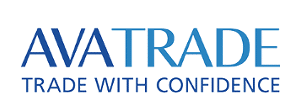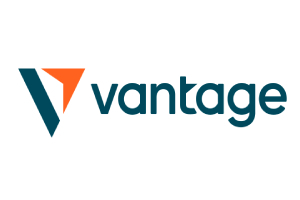Your Binance account represents more than just trading access—it’s your gateway to the global cryptocurrency market. However, maintaining account security goes far beyond setting a strong password.
Understanding the platform’s compliance requirements and potential violation triggers can mean the difference between successful trading and permanent account suspension.
Binance operates under strict regulatory frameworks across multiple jurisdictions. The exchange implements sophisticated monitoring systems that track user behavior, transaction patterns, and compliance adherence 24/7.
These systems use machine learning algorithms to detect anomalies, making it nearly impossible to hide suspicious activity.
Understanding Binance’s Enforcement Mechanisms
The exchange employs multiple layers of account monitoring that work simultaneously:
- Device fingerprinting technology creates unique identifiers for every device used to access accounts
- IP address tracking maps login locations and patterns over time
- Behavioral analytics examine trading frequency, timing, and transaction amounts to establish user profiles
These systems flag accounts automatically when they detect patterns that deviate from established norms. Once flagged, human reviewers investigate the activity manually.
This dual approach—automated detection followed by human verification—makes false positives rare but also makes appeals difficult once violations are confirmed.
The Most Dangerous Binance Account Violations
Here are some of the worst Binance account violations to engage in and why to avoid them:
- Multiple Account Operations: This remains the most common reason for permanent bans. Each individual can maintain only one personal account, regardless of location changes, device upgrades, or family sharing situations. The platform cross-references personal information, device data, and behavioral patterns to identify duplicate accounts. Even accounts created years apart can be linked and result in simultaneous suspensions.
- Document Fraud during KYC: Binance integrates with government databases and third-party verification services to authenticate submitted documents. Advanced image analysis detects edited photos, while database checks confirm document validity. Attempted fraud results in immediate account closure with limited appeal options.
- Trading Pattern Violations: Wash trading—buying and selling the same asset to create artificial volume—triggers algorithmic detection within minutes. Coordinated pump-and-dump schemes leave digital footprints across multiple accounts, making participants easy to identify. The platform’s surveillance systems can detect these patterns across different trading pairs and time periods.
- Unauthorized Automation: This includes using non-approved trading bots, scrapers, or API connections. While Binance supports legitimate automated trading through official APIs, unauthorized tools often access the platform in ways that violate terms of service. These tools may overwhelm servers, exploit pricing delays, or operate outside approved rate limits.
Transaction Monitoring and Compliance Risks
Every cryptocurrency transaction leaving Binance undergoes blockchain analysis. The platform maintains databases of addresses associated with mixing services, darknet markets, ransomware operations, and sanctioned entities.
Transactions to these addresses trigger immediate investigations and potential account freezes.
Binance account holders must understand that blockchain transactions are permanently recorded and retroactively analyzable.
Coins received from questionable sources months or years ago can still impact account standing if discovered during routine compliance reviews.
The exchange also monitors transaction patterns for money laundering indicators. Large, round-number transactions followed by immediate withdrawals raise red flags. Rapid conversion between multiple cryptocurrencies without clear trading logic suggests potential laundering activity.
Advanced Protection Strategies
Account security extends beyond avoiding violations. Here are a few things you can do:
- Enable all available security features, including two-factor authentication using hardware keys rather than SMS
- Regularly review account activity logs for unauthorized access attempts
- Update contact information immediately when circumstances change to ensure continued access to security notifications
- Maintain detailed records of all trading activity, including screenshots of significant transactions and notes about trading strategies
- Consider the compliance implications of every transaction before execution
- Research recipient addresses using blockchain explorers to verify legitimacy
The cryptocurrency market’s regulatory environment continues evolving rapidly. Account holders must stay informed about changing requirements and adjust their practices accordingly. What appears acceptable today might violate tomorrow’s updated policies.
Protecting your Binance account requires constant vigilance and a thorough understanding of platform requirements. The consequences of violations—permanent bans with frozen funds—far outweigh any perceived benefits of risky behavior.
Interested In Trading The Market With A Trustworthy Partner? Try Eightcap Today.
- Broker
- Min Deposit
- Score
- Visit Broker
- Award-winning Cryptocurrency trading platform
- $100 minimum deposit,
- FCA & Cysec regulated
- 20% welcome bonus of upto $10,000
- Minimum deposit $100
- Verify your account before the bonus is credited
- Fund Moneta Markets account with a minimum of $250
- Opt in using the form to claim your 50% deposit bonus
Learn to Trade
Never Miss A Trade Again

Signal Notification
Real-time signal notifications whenever a signal is opened, closes or Updated

Get Alerts
Immediate alerts to your email and mobile phone.

Entry Price Levels
Entry price level for every signal Just choose one of our Top Brokers in the list above to get all this free.



